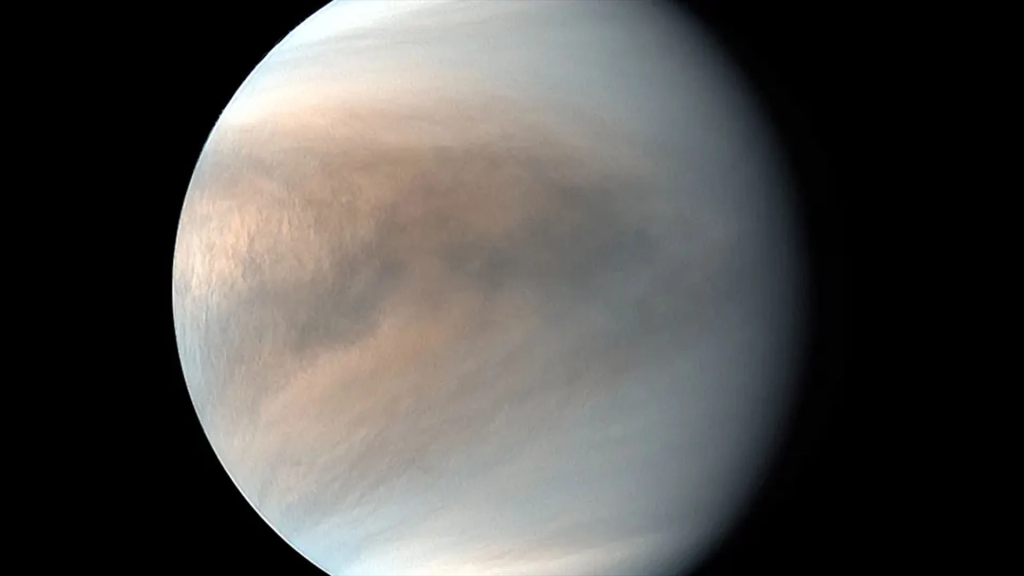Venus, our celestial neighbor veiled in mystery, continues to confuse scientists with its bright flashes of light. Initially attributed to lightning, these mysterious illuminations have sparked a cosmic riddle.
However, a recent study featured in the Journal of Geophysical Research: Planets, led by researchers from Arizona State University, proposes a captivating alternative hypothesis. Could these flashes, detected during missions to Venus, be the result of tens of thousands of meteors incinerating in the planet’s fiery atmosphere?
Historically, missions to Venus conducted by leading space agencies – Europe, the United States, and the former Soviet Union – had detected signals believed to be lightning, a notion firmly ingrained in scientific thought. However, as more advanced missions like NASA’s Cassini probe ventured forth, a puzzling revelation emerged: the absence of radio signals associated with lightning, leaving scientists perplexed.
The ASU researchers posit that Venus may not play host to the thunderstorms we associate with lightning. A compelling argument lies in the composition of Venus’ atmosphere, which predominantly consists of sulfuric acid rather than water vapor. On Earth, water vapor is a pivotal component for the formation of lightning, and Venus’ vastly different atmospheric makeup makes it improbable for similar lightning mechanisms to apply.
Intriguingly, the alternative explanation emerges: the signals recorded during Venus missions may not be lightning strikes at all but rather the fiery demise of meteors, manifesting as meteor fireballs. This theory not only challenges preconceived notions but also underscores the gaps in our understanding of this enigmatic planetary giant.
Drawing upon data from the ASU’s Steward Observatory and Japan’s Akatsuki Venus orbiter, the research team unveils a startling revelation. They document between 10,000 and 100,000 flashes annually that align with the characteristics of meteor fireballs. While this number may appear extraordinary when compared to Earth’s standards, it is vital to consider Venus’ proximity to the Sun, which subjects it to a substantially higher influx of meteors approaching its atmosphere.
The researchers hypothesize that the peculiar composition of Venus’ atmosphere could be the key to these fireballs’ remarkable brightness, rendering them detectable even in the planet’s harsh environment.
Should the mystery of Venus’ flashes be attributed to meteor fireballs, this revelation alleviates the need for the development of lightning-resistant technology for missions exploring the planet’s atmosphere. However, a tantalizing twist emerges – the prospect of volcanic lightning on Venus’ surface, further enriching the complexity of future missions to this captivating celestial body.
This research not only unravels the enigma of Venus’ illuminations but also underscores the boundless mysteries that await exploration in our solar system. As we venture forth, the cosmic veil shrouding our neighboring planets gradually lifts, revealing new facets of their captivating beauty and complexity.

